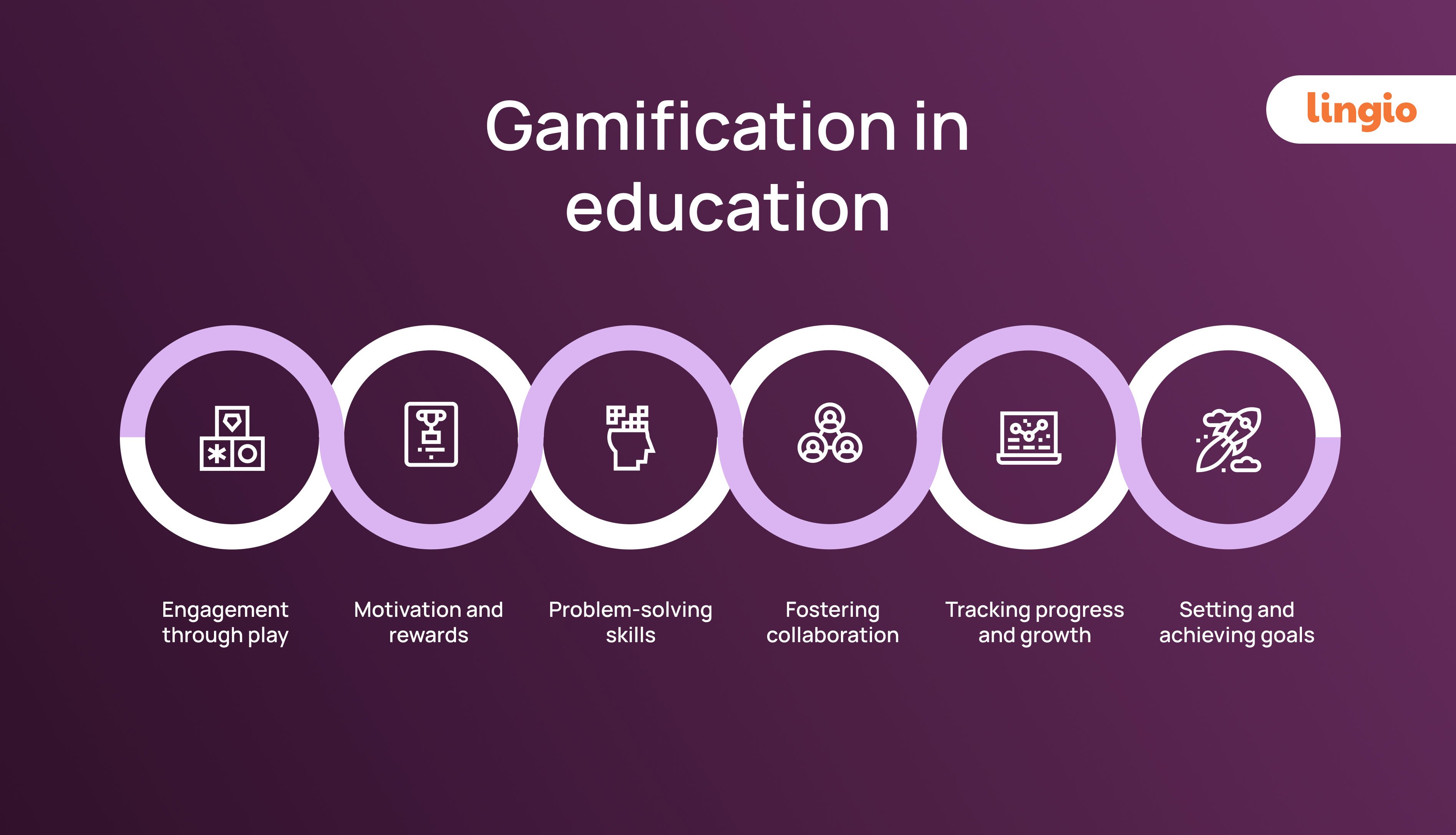Creating an Online Community

Key Takeaways
-
APTs use literary, visual, musical, and dramatic elements to enrich online education.
-
They facilitate interaction, social presence, and a shared community culture.
-
Based on Vygotsky’s Social Development Theory (SDT), APTs help students construct knowledge collaboratively.
-
Examples include Photovoice, Virtual Reflective Centers, and Conceptual Quilting.
-
APTs align with constructivist, socio-cognitive, and collaborative learning theories.
-
Recent applications of APTs include AI-powered storytelling, interactive whiteboards, and immersive role-playing.

Chris Mena
Instructional Designer | Editor
Chris specializes in instructional technology, digital storytelling, and content strategy. With a background in video editing and a passion for innovative learning design, he integrates emerging technologies to create engaging, learner-centered experiences.
Other Posts
Rethinking Mobile Learning
Leveraging Social Networks
Rethinking CMSs and Learning in Public
Implementing APTs in Online Learning
Photovoice 2.0 (Social Media-Integrated Reflection)
How it works: The instructor posts a thought-provoking image with a reflective question. Students discuss their interpretations in an open forum or through Instagram/TikTok posts.
Why it works: Encourages engagement, fosters discussion, and provides a non-threatening way to share personal perspectives.

AI-Powered Virtual Reflective Centers (Role-Playing & Simulated Discussions)
How it works: Students engage in AI-driven role-play scenarios where they interact with chatbots simulating historical figures, patients, or industry professionals.
Why it works: Enhances critical thinking, empathy, and authentic engagement in the learning process.

Conceptual Quilting with Digital Whiteboards
How it works: Students create a visual quilt using key concepts, metaphors, and theories from the course, now enhanced through digital tools like Miro, MURAL, or Jamboard.
Why it works: Encourages reflection, knowledge synthesis, and peer interaction.

How APTs Encourage Social Presence & Community
Enhancing Interaction
APTs create dynamic student-instructor and student-student exchanges, preventing online courses from feeling isolated.
Building Social Presence
APTs allow students to project their personalities into the class, making the digital environment feel more human.
Cultivating a Culture of Community
A shared experience in creative activities helps establish trust, shared values, and engagement.
Emerging Trends in Online Learning & APTs
AI-Personalized Learning & Digital Storytelling
AI-powered storytelling tools like Midjourney, DALL·E, and ChatGPT allow students to create interactive narratives.
AI-driven personalization tailors learning experiences to student engagement levels.

Gamified & Multisensory Learning Experiences
Narrative-driven gamification fosters co-creation of content, making learning more engaging.
Haptic feedback and VR simulations enhance remote hands-on experiences.

Decentralized Learning & Student-Led Content Creation
Decentralized platforms (e.g., Bluesky) offer alternative models for student-driven collaboration.
Peer-reviewed learning communities support authentic knowledge exchange.

Conclusion
Artistic Pedagogical Technologies (APTs) offer a powerful way to revolutionize online education by enhancing engagement, fostering social presence, and building community. By integrating Photovoice, Virtual Reflective Centers, and Conceptual Quilting, educators can create a more connected, meaningful, and interactive online learning experience.